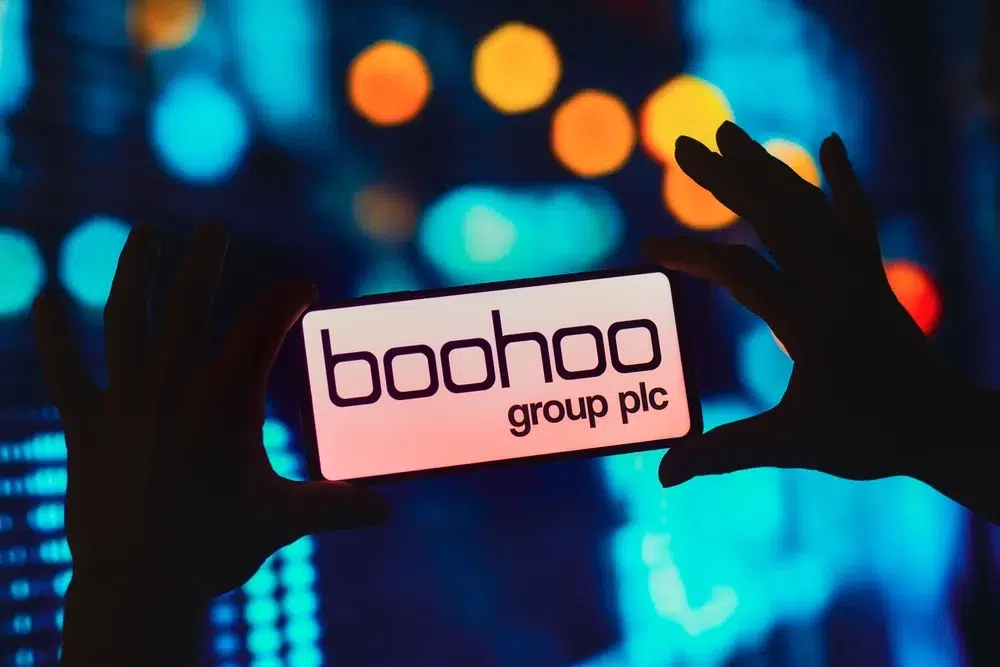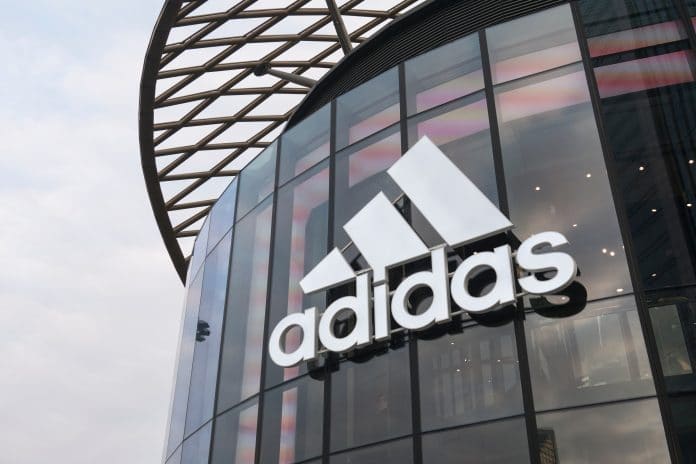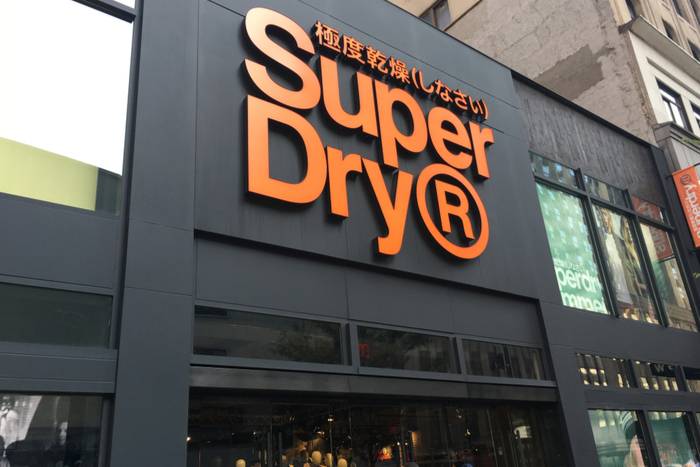With figures from Mintel revealing that menswear now contributes £12.9billion to the UK economy, and 65% of men shopping are now shopping fashion online, there are clearly huge opportunities for retail marketers if they can successfully translate male fashion trends from the catwalk to the web:
Talk them to the tills
London Collections: Men celebrated a huge social show this year, with Rakuten Marketing social insights showing 97,688 tweets using the official hashtags,#LCM and #LCM2015. This remarkable figure highlights the opportunity for brands to engage with men on social media; they can target male shoppers with interesting, tailored content and products based on their tweets, ultimately encouraging them along the purchase journey.
In the world of fashion, certain brand names are becoming synonymous with exceptional social strategy. One such brand is Burberry, who is harnessing the power of interactive and digital content with a certain prowess. This year for LCM, the company maintained a strong presence across all social media channels, including the creation of a Vine of their ‘classically bohemian runway‘.
Menswear brands should consider how social fits into their online marketing strategy. From our own research at Rakuten Marketing, we know that men like to investigate their purchases before committing to buy. As a result, brands should provide information on their social pages, in order to target men with relevant information on the channel that suits them. In addition, ‘promoted‘ tweets with strong creative on Twitter are available for all brands and can help to ensure targeted advertising is building an engaging presence on the platform.
Consumers do not want to be targeted with irrelevant content on social channels. Brands should be ensuring they are providing relevant, engaging content which will connect consumers with their brand as they browse social channels.
Encourage customers to pop into your pop-up
A new trend we saw at LCM this year was that of the ‘pop-up‘. The pop-up showroom, ‘number 9‘ opened a temporary menswear showroom and store. Not only did the pop-up shop offer some of the key brand names featured over the week, it also showcased innovative retail technology, such as smart mannequins for shoppers to use while in-store, to access more product information on the clothes it is modelling.
The ‘pop-up‘ was a big trend in retail in 2014 and shows no signs of slowing down this year. Pop-up stores are much more than a novelty for retailers, as they can help to bridge the gap between online and offline. For online-only retailers, creating a physical location for a brief amount of time can help to drive brand awareness and customer engagement, by encouraging consumers to come in and try on items of clothing.
However, the opportunity is about much more than simply driving footfall. Particularly with the use of smart technology, retailers have the opportunity to gather huge amounts of data on their customers and their target consumer group through hosting these temporary stores.
In doing so, they can better understand how their customers‘ shopping behaviours as well as their preferences. Using that data, brands can tailor their marketing messages to the needs and desires of their customer base.
Stream into sales
For brands looking to target consumers in a different way, London Collections: Men provided the answer: video. Through the use of live-streaming video from the catwalk to hosted microsites, brands such as Topman, as well as the London College of Fashion showcased their newest looks.
Although live-streaming isn‘t always an option, for brands who do not participate in fashion shows video is still a great way to engage audiences and is still an underused marketing tactic in the fashion industry. Visually stimulating audible co
RELATED STORIES

















